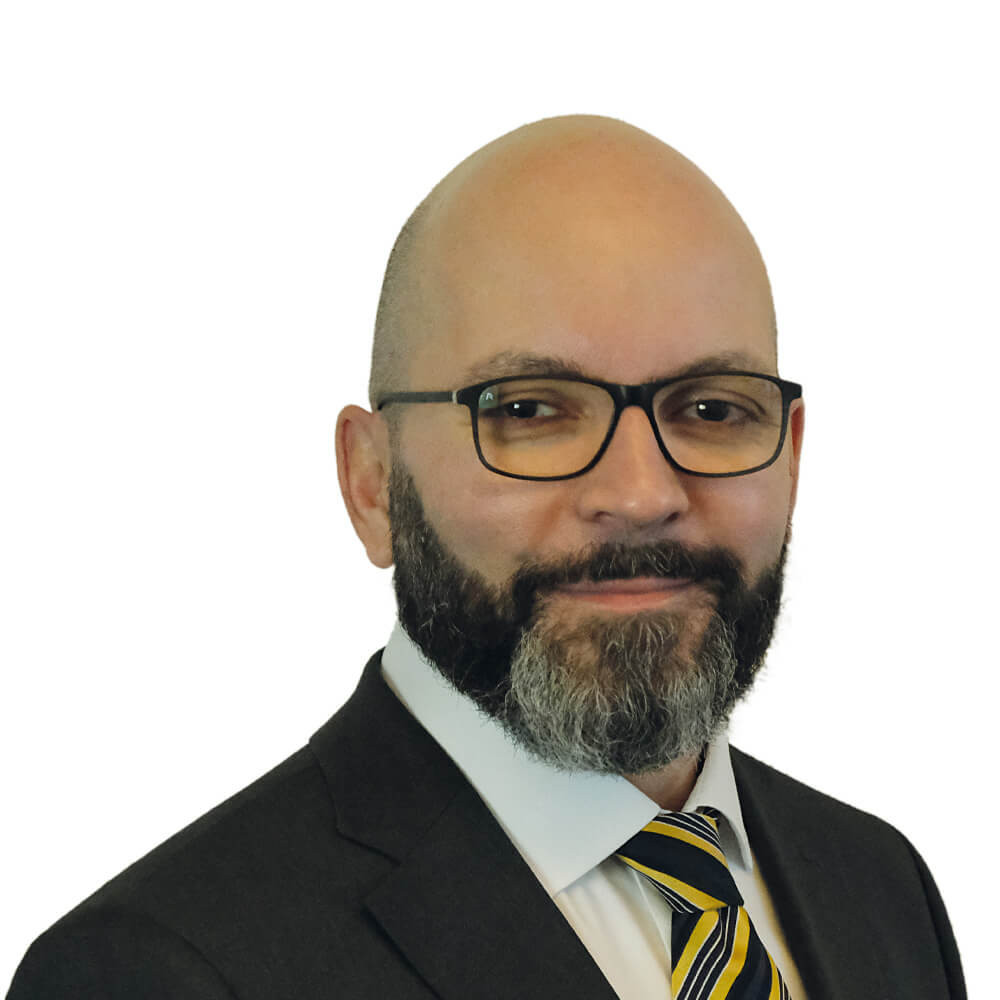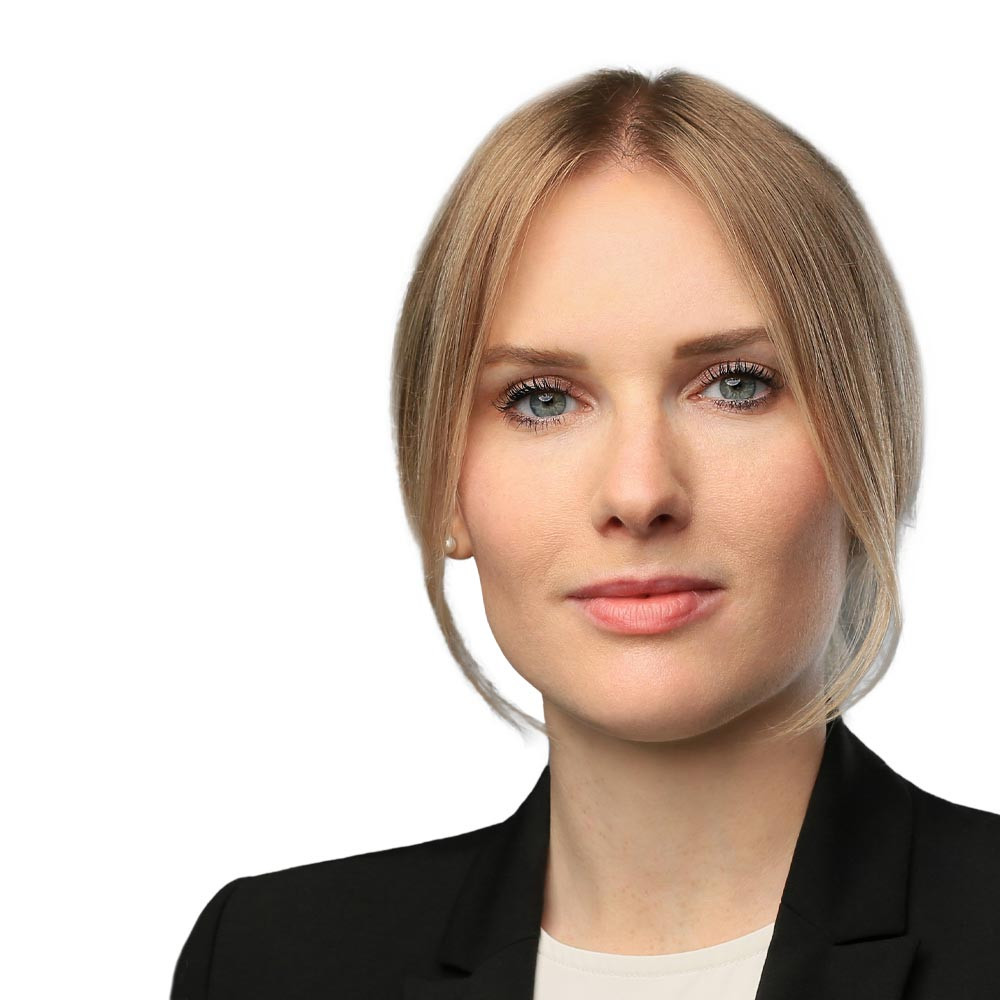HR needs to contribute more than ever to the success of the business and view itself as a strategic partner of the business, which is increasingly demanding agility and developing new value creation patterns. Does an organizational model dating back several decades still fit the picture? In principle, yes, but it comes down to the correct implementation, as hkp/// group experts Andrea Sattelmayer and Marc Popic believe.
Ms. Sattelmayer, Mr. Popic, what are the current issues most companies are facing when it comes to designing HR roles?
Marc Popic: Digitalization, complex market and competitive dynamics, climate change and increased customer demands are driving the business world into profound change, which is often viewed as a fixed point of turmoil. And since 2020, the Covid-19 pandemic with its various challenges has been added to the mix, and since this point in time at least, HR has not been able to retreat into its secure comfort zone.
How do you define comfort zones - does HR have to restructure itself on an organizational level?
Andrea Sattelmayer: In many cases, these drivers are already causing movement - which is either seen as a motivation for departure or as a burden. In any case, practice has proved the effectiveness of the Three Pillar Model from Business Partners, Centers of Excellence and Service Centers as an organizational mainstream. The terminology of 20 + year-old model may differ in the specific company context, but the basic roles are comparable in most cases. This supposed haven of security must be put to the test.
Is the Three Pillar Model, like the file folder, a thing of the past?
Marc Popic: I wouldn’t see it in such absolute terms. The model remains unchanged, provided it has been thought through and focused on meeting the new challenges. And the fact that it needs updating is demonstrated by the criticism to which it is subject, as a whole or in part, from various sides.
Which points are coming under particular criticism?
Marc Popic: Managers generally criticize the way that HR business partners do not understand their challenges and often do not live up to the claim of providing strategic guidance and support. The business partners themselves often feel as though they are burdened with too many minor administrative tasks than they should be strategically responsible for.
Andrea Sattelmayer: At the same time, the experts in the Centers of Excellence are perceived as being far removed from the business, while colleagues in the service units feel undervalued.
Are these not different perspectives from an identical point of criticism?
Marc Popic: Exactly. Essentially, it’s about the criticism from managers and employees who complain about their barely comprehensible HR processes and tools that are distant from practice.
Andrea Sattelmayer: And at the end of the day, each role works in its own field without looking sufficiently at the others and constructively delivering a shared value proposition in terms of HR's clients.
But these objections cannot be swept off the table without further ado. Is the model used so far no longer sustainable?
Marc Popic: At its heart, it's about offering CEOs, managers and employees genuine support with convincing added value - in a way that is as usage-focused as possible. This requires rethinking how the roles look in each case and how they interact for the benefit of the customers.
Andrea Sattelmayer: Indeed, internal HR customers with their requirements and usage expectations should act as the decisive focal point in the new or redevelopment of an HR business model.
You’re talking about Customer Centricity…
Marc Popic: While achieving efficiency gains by standardizing HR processes and using automation, never lose sight of the customer. Operative excellence can only be achieved by taking time, money and quality into account.
Andrea Sattelmayer: And quality is most evident from the point of view of an employee who wants to apply for vacation leave, for example, or a manager aiming to get a staff member's promotion off the ground.
Above all, they put the role of service centers and Centers of Excellence to the test. But how do things look when we take the third column into account - are business partners reaching critical mass when it comes to HR roles?
Marc Popic: It’s certainly an oversubscribed role, but I like it. Using teamplay as a starting point with the other HR roles is a way in which business partners can gain space to address the important issues from the perspective of their clients with foresight. To do so, it is essential to understand the business challenges faced by the clients, i.e. to be able to think in terms of strategies, business plans and key figures. And it requires comprehensive understanding of personnel work - from the bigger picture to the finer, operative points.
Andrea Sattelmayer: It is not sufficient to print new business cards for a human resources manager, identifying them as a business partner. Each business partner must be comprehensively prepared for their tasks and qualified accordingly. Ideally, a business partner will have worked in a service unit and Center of Excellence and/or held business responsibility in the line at one point.
Is a fourth HR role, as some companies are currently discussing or setting up, essential for operative managers?
Marc Popic: If business partners concentrate primarily on strategic management consultation, there will be less time remaining to supervise downstream managers. And to ensure qualitative support here, it is worth setting up specialized teams. Whether a fourth HR role is required for this - terms such as ‘HR Solutions Experts’ are being discussed - or whether these tasks will be assigned to the existing roles, typically those of the Service Center, plays a subordinate role.
Andrea Sattelmayer: This should primarily be answered on a company-specific basis. The main point is for business partners to maintain their focus on strategic consultation for those responsible in business and operative management.
Bit of a surprise: no ‘one size fits all’ solution yet?
Andrea Sattelmayer: How HR value creation should best be organized in the context of managers, business partners, Centers of Excellence and service centers always depends on the company itself - its strategy and business agenda, structures and processes, and corporate values.
Marc Popic: When designing the HR organization, it is not chiefly about organizational and technical challenges, but instead about people: how they work hand-in-hand, how they experience human resource performances and their working environment. Only when we think about the HR organization from an individual perspective can we offer an environment in which managers can be creative and productive and in which they feel at home.
HR doesn't just revolve around HR...
Marc Popic: ...But about business, as Dave Ulrich set out for us all in his guide. The organizational model he describes is in principle future-proof, we just have to align it with our new challenges and develop it further in a targeted way.
Ms. Sattelmayer, Mr. Popic, thank you for your time.



